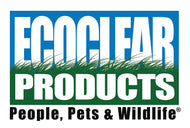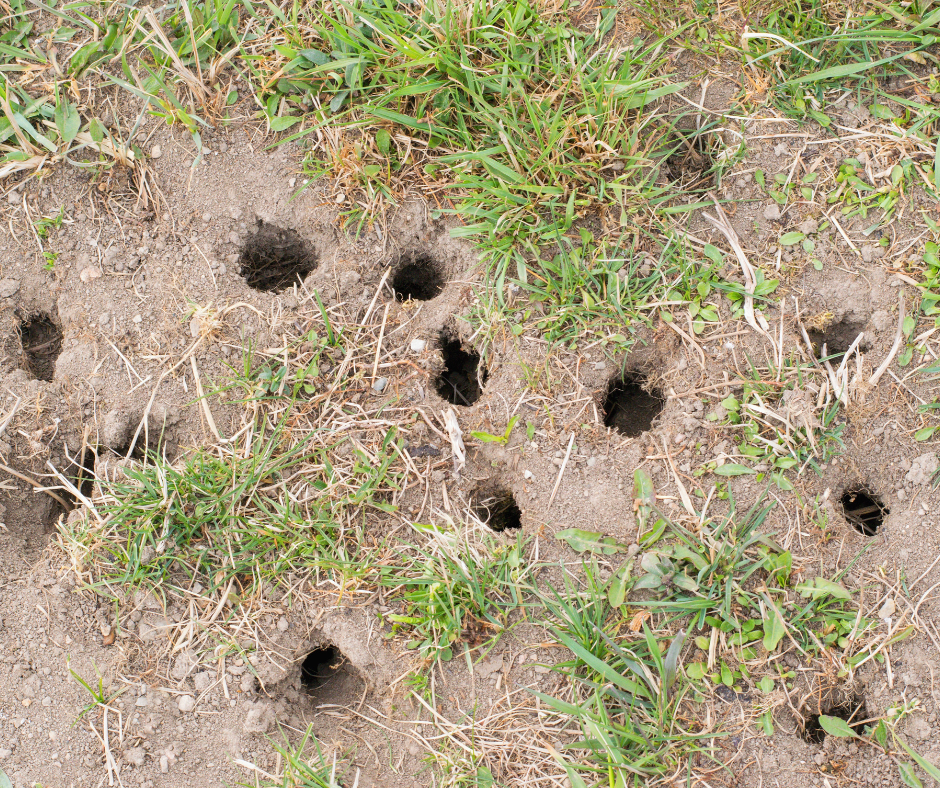Introduction to Vole Problems
Voles, often confused with moles and mice, are small, burrowing rodents that cause significant damage to lawns, gardens, and agricultural crops. These pests are known for their voracious appetites and rapid reproduction rates, which can quickly lead to extensive infestations. This comprehensive guide will explore effective strategies for vole control and removal, ensuring your property remains vole-free.
Understanding Voles: Identification and Behavior
Identifying Voles
Voles have distinct physical and behavioral characteristics that set them apart from other rodents:
Appearance: Voles are small, stocky rodents with short tails, small eyes, and rounded ears. They typically measure 4-7 inches in length.
Runways and Tunnels: Voles create surface runways and shallow burrow systems. Their runways are narrow paths in grass or soil, often accompanied by small burrow entrances.
Feeding Damage: Voles gnaw on the bark of trees and shrubs, particularly at the base, causing girdling and potentially killing the plant.
Behavior and Habitat
Voles are highly prolific breeders, with females capable of producing several litters each year. They prefer habitats with ample ground cover, such as tall grasses, weeds, and mulch. Voles are active year-round, making it crucial to maintain continuous control efforts.
Effective Vole Control Methods
A multi-faceted approach is often the most effective way to manage vole populations. Here are several strategies to consider:
- Natural Predators
Encouraging the presence of natural predators is a long-term strategy to control vole populations:
Birds of Prey: Owls and hawks are natural vole predators. Installing owl boxes and raptor perches can attract these birds to your property.
Ground Predators: Snakes, foxes, and weasels also prey on voles. Maintaining a habitat that supports these predators can help keep vole numbers in check.
- Habitat Modification
Making your property less attractive to voles involves reducing their food sources and shelter:
Lawn Maintenance: Keep grass trimmed short and remove weeds and ground cover that can provide hiding spots.
Debris Removal: Clear away piles of leaves, mulch, and other debris that can serve as nesting sites.
Garden Clean-Up: Regularly remove fallen fruits, vegetables, and plant debris from your garden.
- Exclusion Techniques
Creating physical barriers can prevent voles from accessing vulnerable areas:
Fencing: Install hardware cloth or mesh barriers around gardens and flower beds. Ensure the fence is buried at least 6 inches deep to prevent voles from burrowing underneath.
Tree Guards: Use tree guards to protect the base of young trees from gnawing voles.
- Trapping
Trapping is a practical solution for small infestations:
Types of Traps: Both live traps and snap traps can be effective. Live traps allow for humane capture and relocation, while snap traps quickly kill the vole.
Placement: Set traps near active runways, burrow entrances, and feeding sites. Bait traps with peanut butter, apple slices, or other attractive foods.
- Repellents
Natural repellents can deter voles from entering treated areas:
Castor Oil: Castor oil-based repellents can be sprayed around the perimeter of gardens and lawns.
Predator Urine: Repellents containing predator urine, such as fox or coyote urine, can create a sense of danger for voles.
- Pellet Baits
Pellet baits formulated with naturally derived ingredients offer an effective and environmentally friendly solution:
Mode of Action: VoleX baits work by disrupting the vole's ability to communicate hunger and thirst to its brain, leading to dehydration and death.
Application: Apply VoleX pellets directly into vole runways and burrow entrances. Follow the manufacturer's instructions for safe and effective use.
Monitoring: Regularly inspect your property for signs of vole activity, such as runways, burrows, and feeding damage.
Prevention: Implement habitat modification, exclusion, and repellents to prevent vole infestations.
Evaluation: Continuously evaluate the effectiveness of your vole control efforts and adjust strategies as needed.
Year-Round Vole Control
Vole control is a continuous process, especially since these pests are active throughout the year. VoleX can help make the job easier. Here are some tips for maintaining control year-round:
Spring and Fall: These are peak breeding times for voles. Increase monitoring and control efforts during these seasons.
Winter: Voles can cause significant damage under snow cover. Maintain control measures even in colder months to prevent springtime infestations.
Summer: Regular lawn and garden maintenance can help reduce vole habitats and prevent population growth.
Conclusion
Vole control and removal require a comprehensive and ongoing approach. By understanding vole behavior, identifying signs of activity, and implementing a combination of natural predators, habitat modification, exclusion techniques, trapping, repellents, and pellet baits, you can effectively manage and eliminate vole populations from your property. Stay vigilant and proactive to protect your garden, lawn, and crops from these destructive pests.
Ready to take action? Try VoleX® Pellets today for an effective and environmentally friendly solution to your vole problems.




